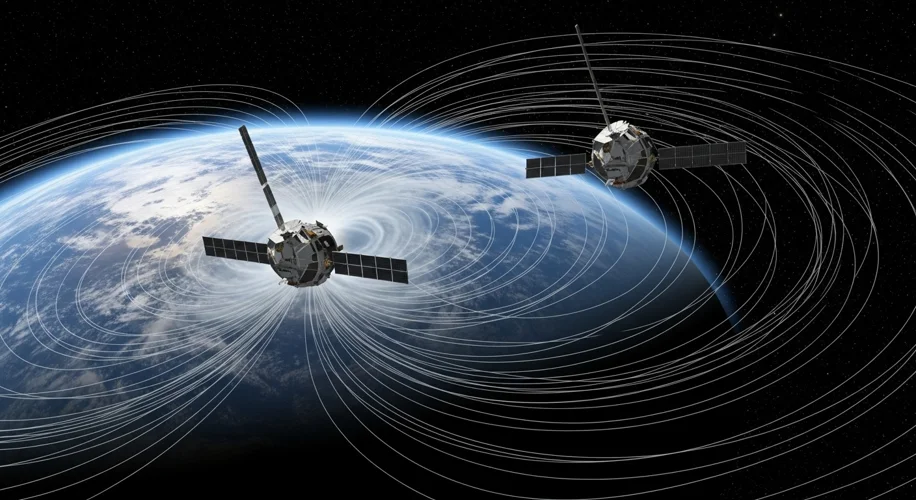Hello everyone! Simone here. Today, I want to talk about something truly fundamental to our existence on Earth: our planet’s magnetic field. You might not think about it much, but it’s our invisible shield, protecting us from harmful solar radiation.
Recently, NASA launched an exciting new mission called TRACERS (Transitional Region and Inner Magnetosphere Explorer). This mission is designed to give us an unprecedented look at the dynamic processes happening in near-Earth space, specifically how our magnetic field interacts with the solar wind. As someone who has spent years studying atmospheric physics, the implications of this are enormous.
The Earth’s magnetic field isn’t static. It’s a complex, ever-changing system that extends far out into space, forming what we call the magnetosphere. The solar wind, a stream of charged particles constantly flowing from the Sun, interacts with this magnetosphere. Sometimes, this interaction can cause disturbances, like geomagnetic storms, which can affect satellites, power grids, and even radio communications.
TRACERS will deploy two identical spacecraft that will fly in formation, allowing scientists to gather simultaneous measurements in different regions of the magnetosphere. This unique approach will help us understand how energy and particles are transferred between the solar wind and our planet. Think of it like having two observers in slightly different spots, giving you a much clearer picture of a complex event.
Why is this so important? Understanding these processes is key to improving our space weather forecasts. Accurate predictions can help us protect our critical infrastructure and the technology we rely on every day. More broadly, the magnetic field plays a role in shielding our atmosphere, which, as you know, is directly linked to climate.
While TRACERS isn’t directly studying climate change, the health of our planet’s protective shield is a piece of the larger environmental puzzle. A weakening or significantly altered magnetic field could, over very long timescales, have implications for atmospheric retention and surface conditions. It’s a reminder of how interconnected our planet’s systems are.
I’m particularly excited to see what TRACERS reveals about the processes at the magnetopause – the boundary where the solar wind meets the magnetosphere. This is where a lot of the action happens, and TRACERS’ sophisticated instruments are perfectly suited to capture these critical moments.
This mission is a testament to human curiosity and our drive to understand the universe around us, starting with our own home planet. By delving into the complexities of Earth’s magnetic field, we gain a deeper appreciation for the delicate balance that makes life possible.
What can we do with this information? For us, it reinforces the importance of investing in scientific research and understanding the fundamental forces that govern our world. It also highlights the need for comprehensive climate action, as a stable environment relies on many intricate, interconnected systems.
Stay curious, and let’s keep exploring!
Simone

